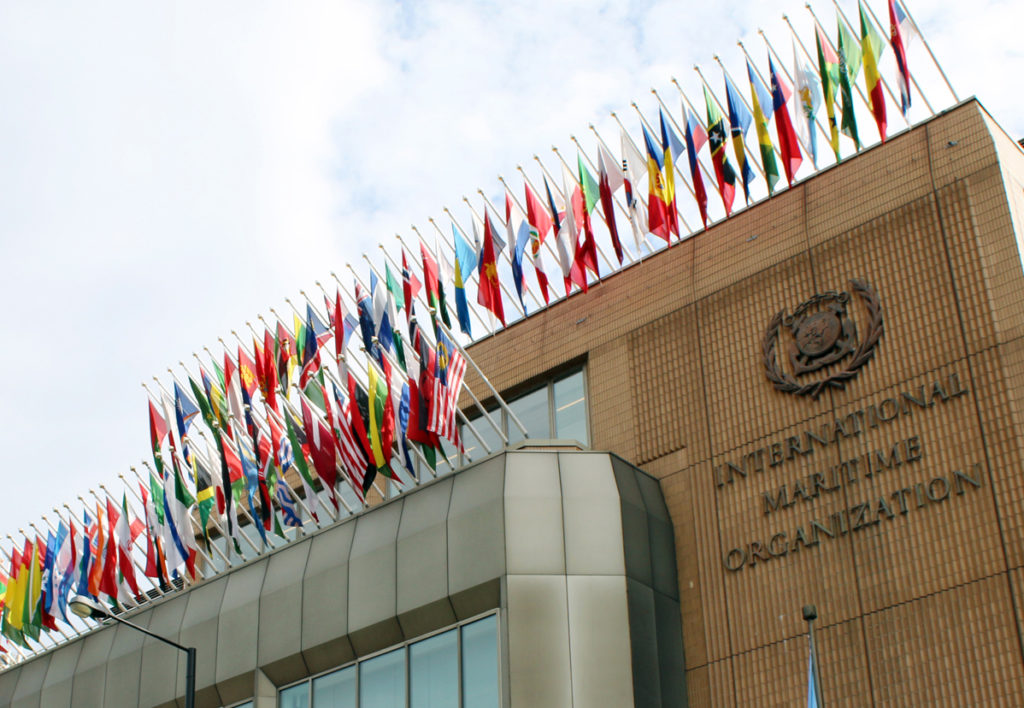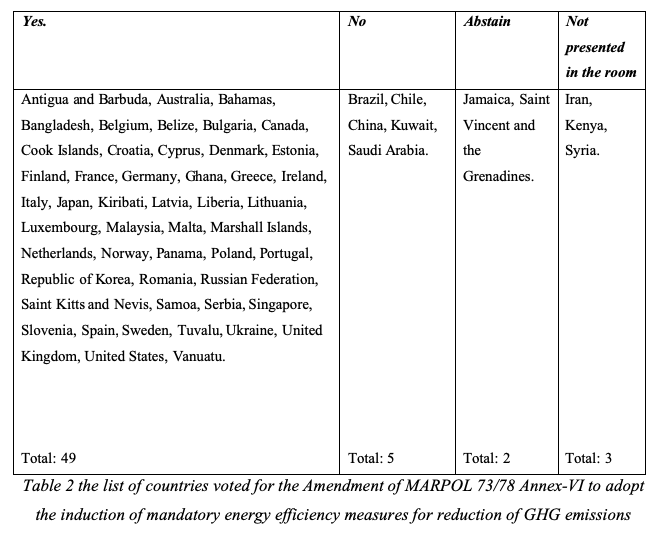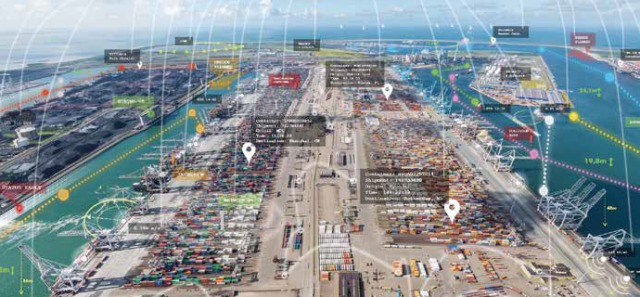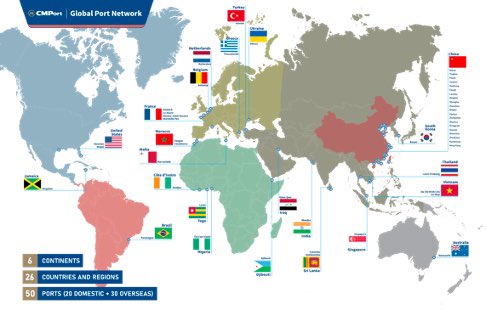As Shipping is the leading facilitator for global trade with a direct link to livelihoods of billons of people, ports play a major role in the Maritime Decarbonization process, China expanding its 5G technologies into the Digitalization of the port operations would eventually make the port operations much more efficient, consistent and competitive. The IMO’s Facilitation Convention incorporated electronic data exchange mandatory also promote IMO member states to improve the digitalization of the Maritime industry. Also, in 2020 IMO’s facilitation committee approved a revised version of the IMO Compendium on Facilitation and Electronic Business, which highlights IMO’s future direction in maritime digitalization.
However, China’s digitalization ambition is encrypted into the BRI to lead new technologies to flow into many ports across the globe which was limited few developed states in the past. China is leading the world in the digitalization of the port sector as the Ningbo – Zhoushan port which is one of the busiest ports in the world started building its digital infrastructure since 2019 and now able to operate its Rubber Tyred Gantry Cranes completely remotely by the operators in a central office location with comfortable and better working condition. The Tianjin Port which is also another leading port in the world, completed one of its terminals to operate at zero emissions by using renewable sources of energy from wind and solar. The Tianjin Port terminal No 2 also developed 5G technologies to improve its navigation satellite systems to get more accurate information and increase efficacy. The Port also developed an AI system which increased efficiency by 20% compared to the traditional terminal.
The China Merchants Port Holdings a leading port operator recently opened the ‘Mawan Smart Port’ in China’s greater bay area with a 5G enabled container terminal which is widely seen as Xi Jinping’s ambition to intergrade Belt & Road Initiative to the Greater Bay area’s linking Hong Kong, Macau, Shenzhen, and other nine cities. The CMPort identified that the project consists of nine elements working together to give a full-stack solution.
·China Merchants Core (CMCore)
·China Merchants ePort (CM ePort)
·Artificial Intelligence
·5G Application, BeiDou
·Navigation Satellite System (BDS)
·Automation
·Smart Custom
·Blockchain Technology
·Green and Low-Carbon Operation.
In 2020 December China Merchants Ports (CMPort) kicked off a major port intelligent construction project for application at Sri Lanka’s Colombo International Container Terminals (CICT) while also investing US$ 40 million in transferring the terminal into a green Port initiative. The CMPort which operates in around 20 countries globally is an important global player in order to meet the demands of the global shipping framework. The Vladivostok port in Far East Russia is also another port which intergraded into China’s Belt & Road Initiative linking Asia and Europe by rail and sea, also the Port will be an important pivot for the North Sea Route. At present, the Vladivostok port has already taken steps to automate operations and build a ‘Smart Shipping Port’. This includes using Artificial Intelligence, Big data, the Internet of Things (IoT), and Blockchain in order to digitalize operations for remote system access. The recent Initiative ‘The Finland Bridge’ is a unique model connecting the rail networks to Pacific ports from East China to Far East Russia and all the to Finland. The containers are transported by sea from Chinese ports in Shanghai, Ningbo, and Qingdao and transferred to the Trans-Siberian rail route via the Vladivostok port to reach the Vuosaari terminal in Helsinki, Finland.
Observations: Since the UNFCC, SBSTA, Kyoto Protocol, and Paris Agreement, the IMO was struggling to find consensus among member parties with regard to CBDR + NMFT principle negotiations, but China’s BRI met the same demands by understanding the audience to build a successful initiative in eight years. The major emerging economies such as China, India, Brazil, Argentina, Saudi Arabia, South Africa, and India welcomes and stand by the principle of CBDR principle and since the beginning the IMO member states were not aline with the IMOs GHG strategy.
Over the decades the main demand my vast majority of member states was that, developed major economies must take a lead in emission reduction and allow room for developing nations to develop their economies, Developing Nations including Least Developed Nations, and Small Island Developing States also stand by the idea of flowing a fair amount of funding for Climate Change Mitigation.
These nations are much more interested in negotiating the views and demands on the climate change regime at IMO and these demands can be framed into three categories in the shipping industry as, Port Infrastructure Development, Port Digitalization, and Technology Transfer & Capacity Building.
The Belt & Road Initiative is so far the most important investment scheme with 142 member states in 2022. This includes 34 European nations (18 EU member states) who have signed BRI cooperation instruments and basically, all Asian Nations (except India) all African nations, and all Latin American nations consist of 26 low income countries and 39 middle income countries are a party to BRI while completing over 2500 projects globally.
However, it seems the BRI managed to use few effective tools to meet the consensus of many disagreeing parties at IMO and to work among the LDCs, SIDS, and the developed world.





 Ningbo Containerized Freight Index Weekly Commentar
Ningbo Containerized Freight Index Weekly Commentar  Ningbo Containerized Freight Index Weekly Commentar
Ningbo Containerized Freight Index Weekly Commentar  Ningbo Containerized Freight Index Weekly Commentar
Ningbo Containerized Freight Index Weekly Commentar  BIMCO Shipping Number of the Week: Bulker newbuildi
BIMCO Shipping Number of the Week: Bulker newbuildi  Ningbo Containerized Freight Index Weekly Commentar
Ningbo Containerized Freight Index Weekly Commentar  Ningbo Containerized Freight Index Weekly Commentar
Ningbo Containerized Freight Index Weekly Commentar